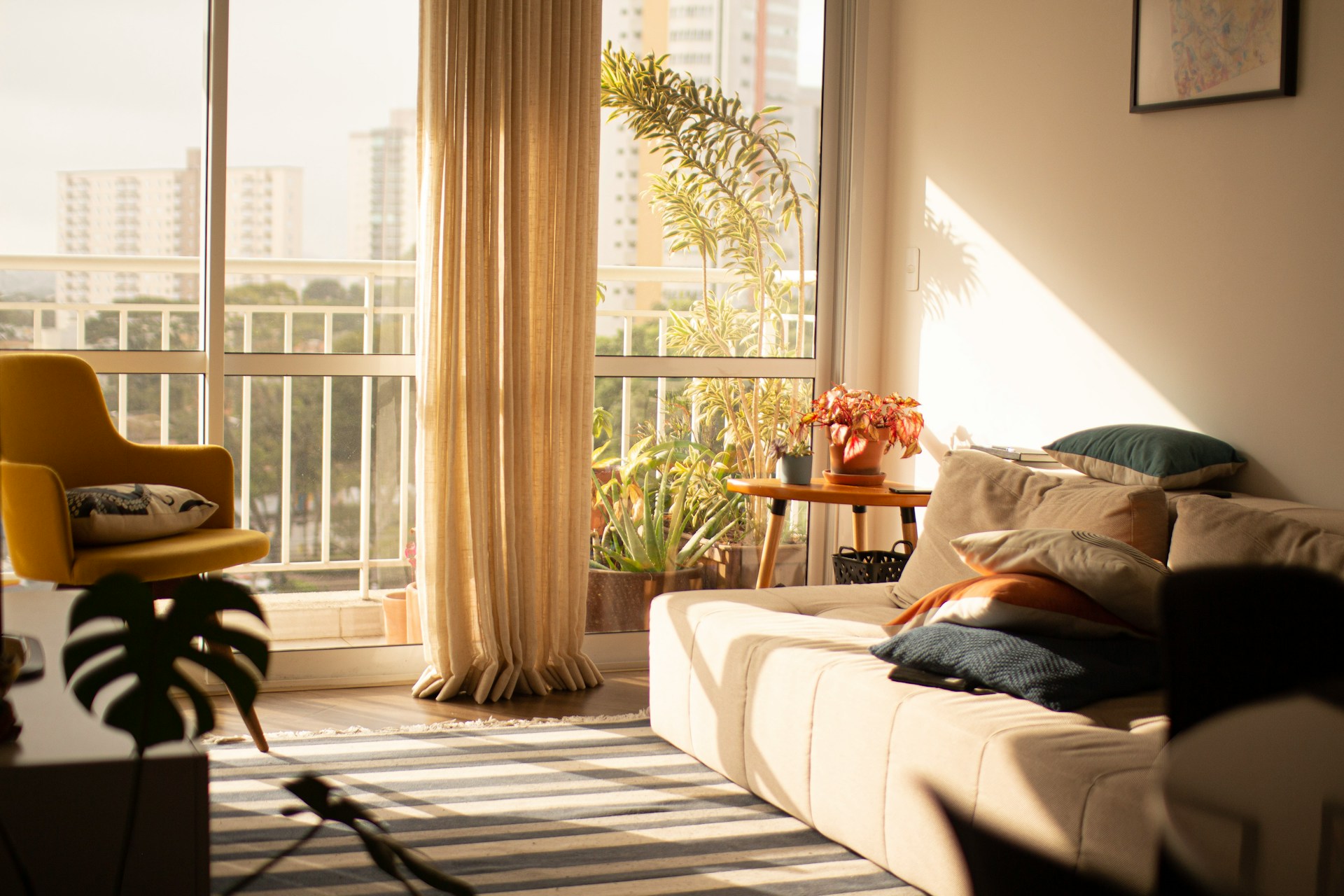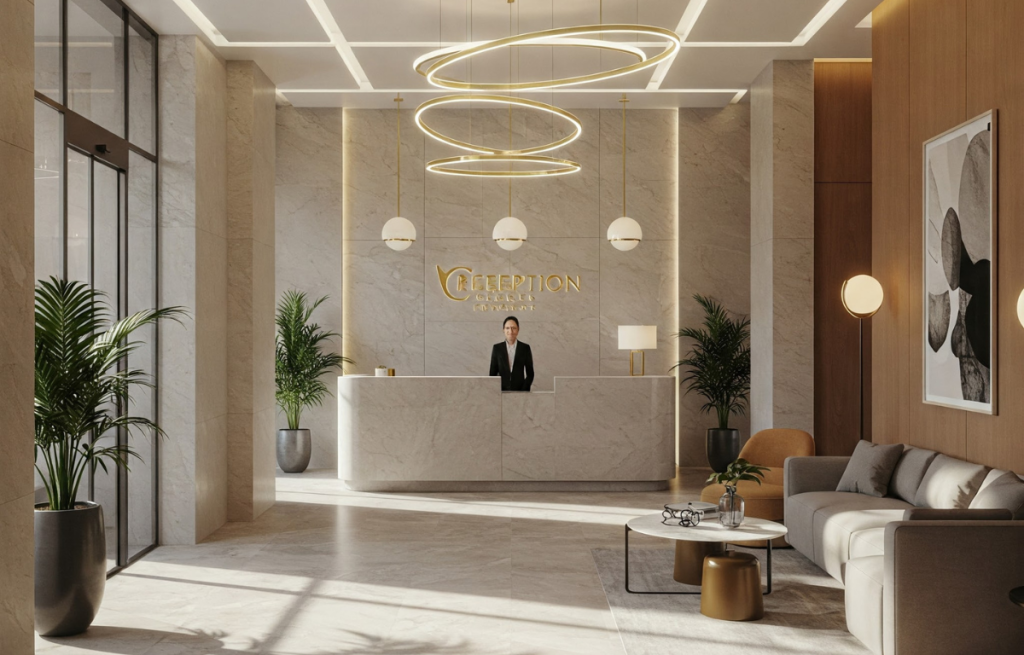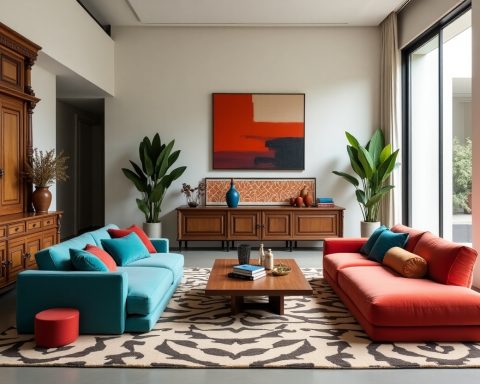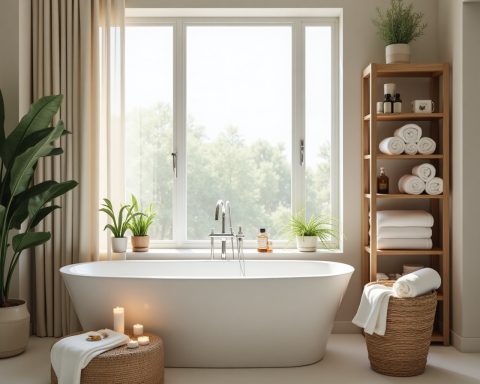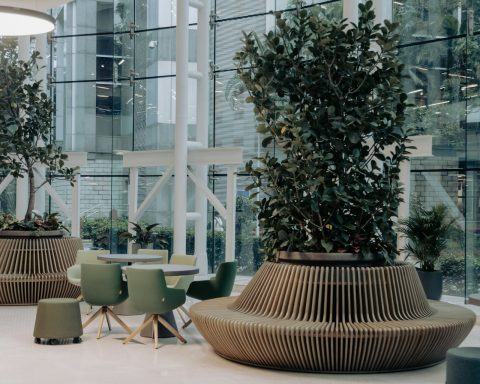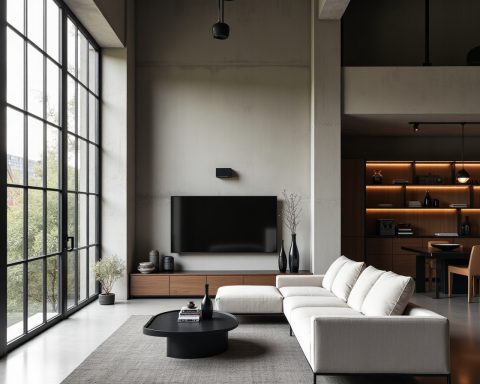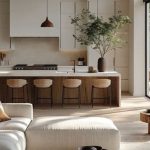When crafting a well-designed and functional home, house orientation plays a critical and transformative role in the overall success of the interior space. It’s not merely a structural consideration—it’s a core principle of architectural and interior design that influences how we interact with our environment on a daily basis. The direction a house faces directly affects how natural light enters each room, how air circulates, how temperatures are regulated, and how energy-efficient the home becomes throughout the seasons. From the gentle glow of morning sun in an east-facing kitchen to the radiant warmth of southern exposure in a living room, proper orientation enhances comfort, ambiance, and overall livability. It determines the quality of daylight, reduces dependency on artificial lighting and HVAC systems, and contributes to a healthier, more sustainable lifestyle. More than just an architectural detail, strategic house orientation is a foundational design decision—one that defines the mood, usability, and energy performance of interior spaces. By aligning building design with solar paths and environmental conditions, we create homes that are not only beautiful but also energy-efficient, environmentally conscious, and deeply connected to their surroundings.
Understanding House Orientation and Its Design Impact
House orientation refers to the positioning of a home in relation to the cardinal directions—north, south, east, and west. This orientation determines how sunlight enters the home throughout the day, how spaces heat or cool naturally, and how the indoor environment feels and functions across seasons.
Designing with orientation in mind empowers homeowners and designers to maximize natural light, reduce energy consumption, and create spaces that feel connected to their surroundings.
Maximizing Natural Light Through Directional Design
Light is one of the most powerful tools in interior design. The amount, quality, and direction of light define the mood of a room, highlight design features, and impact psychological well-being.
- North-facing rooms receive soft, consistent light throughout the day, making them ideal for studios, workspaces, and bedrooms where glare and heat gain are undesirable.
- South-facing rooms are sun-drenched for most of the day in the Northern Hemisphere, providing warmth and brightness. These rooms are perfect for living areas and kitchens where natural heat and light are beneficial.
- East-facing rooms capture the morning sun, creating invigorating spaces for breakfast nooks, morning yoga rooms, or children’s bedrooms.
- West-facing rooms enjoy warm afternoon and evening sunlight, making them suitable for entertainment areas, dining rooms, or patios—while also requiring shading to avoid overheating.
Harnessing daylight not only enhances aesthetics but also lowers reliance on artificial lighting, contributing to more sustainable living environments.
Temperature Control and Passive Solar Heating
The orientation of a house directly influences its thermal performance. Thoughtful directional design allows homeowners to capitalize on passive solar heating and cooling, reducing energy consumption year-round.
- South-facing glazing can be used to absorb winter sun, warming interior spaces naturally.
- Strategically placed windows and ventilation allow cross breezes to flow through, cooling interiors in summer.
- Thermal mass materials like concrete or stone can absorb heat during the day and release it at night, especially when paired with proper orientation.
- Overhangs and louvered shading systems on west- and east-facing windows can block harsh sun without sacrificing light.
Smart orientation design minimizes the need for mechanical heating and cooling systems, increasing comfort while decreasing energy bills.
Interior Layouts Influenced by Orientation
The layout of interior spaces should reflect the house’s orientation to create a natural flow of light and functionality.
- Public spaces (living rooms, kitchens, dining areas) are best placed along the north or south sides of the house, ensuring these high-traffic areas are well lit and thermally comfortable.
- Private zones such as bedrooms, studies, and bathrooms can be positioned on the east or west, where lighting needs vary by use and time of day.
- Transition zones like hallways and staircases can act as thermal buffers between areas with intense sun exposure and more temperate parts of the house.
A direction-sensitive floor plan optimizes user experience and space utilization, providing intuitive and pleasant living conditions.
Furniture Placement and Light Optimization
Interior designers understand that furniture placement is never isolated from a room’s orientation. For example:
- In north-facing rooms, furniture should be oriented to make the most of soft daylight, using mirrors to amplify light and warm-toned finishes to counteract cooler illumination.
- South-facing areas allow for bold materials and greenery, which thrive under direct sun.
- East-facing bedrooms benefit from minimal window treatments to allow in morning light.
- West-facing dining areas should include light-filtering shades to manage afternoon glare while maintaining a golden ambiance.
Every furnishing decision should reflect an understanding of how light interacts with surfaces, textures, and functions in the home.
Mood and Psychological Effects of Directional Design
The emotional impact of space is often rooted in orientation. Light direction affects circadian rhythms, productivity, relaxation, and even social interaction.
- Morning sunlight (from the east) has been shown to boost mood and focus, making these spaces ideal for morning routines or creative pursuits.
- Soft north light creates a serene, balanced environment, excellent for rest and contemplation.
- Bright south and west exposures can stimulate energy and warmth, promoting family gatherings and vibrant daily life.
By aligning room usage with the natural rhythm of the sun, homes can promote mental wellness and emotional balance throughout the day.
Sustainable and Eco-Conscious Orientation Strategies
Environmentally responsive design begins with orientation. Positioning a house to work with—not against—its natural setting leads to sustainable architecture.
- Photovoltaic panels perform best on south-facing roofs in most climates, making orientation key for solar energy use.
- Rainwater collection, natural ventilation, and green roofs can also benefit from orientation-based planning.
- Landscaping choices, such as deciduous trees planted on the west, provide seasonal shading while allowing winter light to warm interiors.
By prioritizing orientation, homes become part of an integrated environmental system, reducing carbon footprints and enhancing harmony with the surrounding ecosystem.
Cultural and Geographical Considerations
House orientation is also influenced by cultural preferences and geographical location:
- In hot climates, homes are often oriented to minimize sun exposure, using narrow, shaded windows.
- In cold regions, homes face south to gather warmth.
- Feng Shui principles guide orientation choices to support energy flow and well-being.
- Traditional Middle Eastern homes use courtyards and thick walls to control sun and airflow, reflecting deep awareness of directional design.
A good design must respect local traditions, climate, and geography, creating homes that are not only beautiful but deeply rooted in place.
Conclusion: Design by Direction is Design with Intention
House orientation is the invisible framework upon which all great interior design is built. It shapes how we experience a home—its warmth, its rhythm, its light, and its life. By integrating directional principles into design strategies, we don’t just build structures—we craft experiences, optimize comfort, reduce energy, and elevate the everyday.
